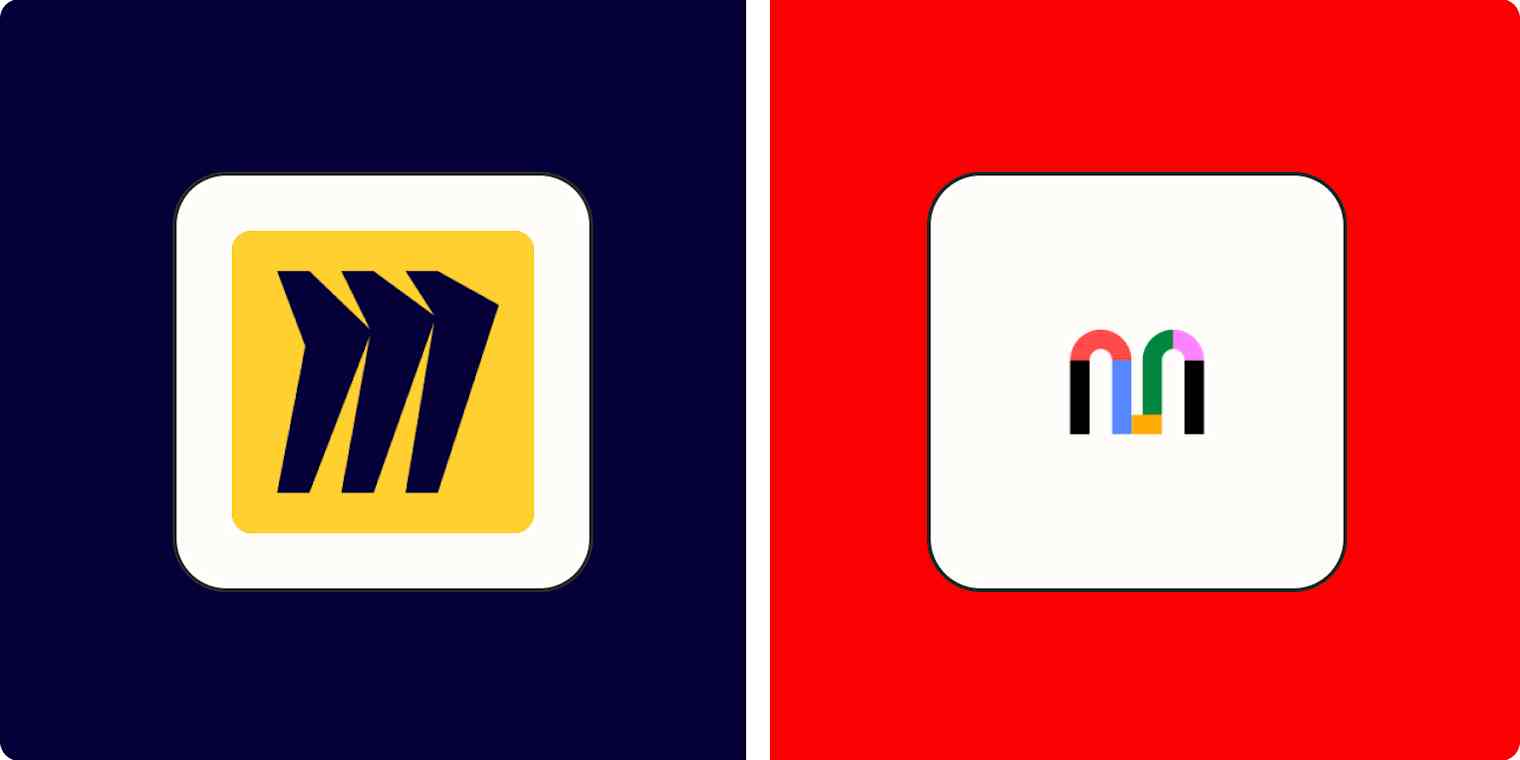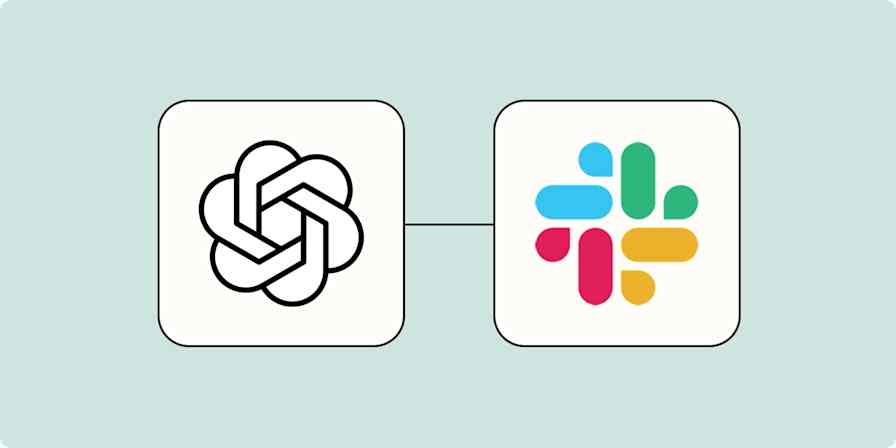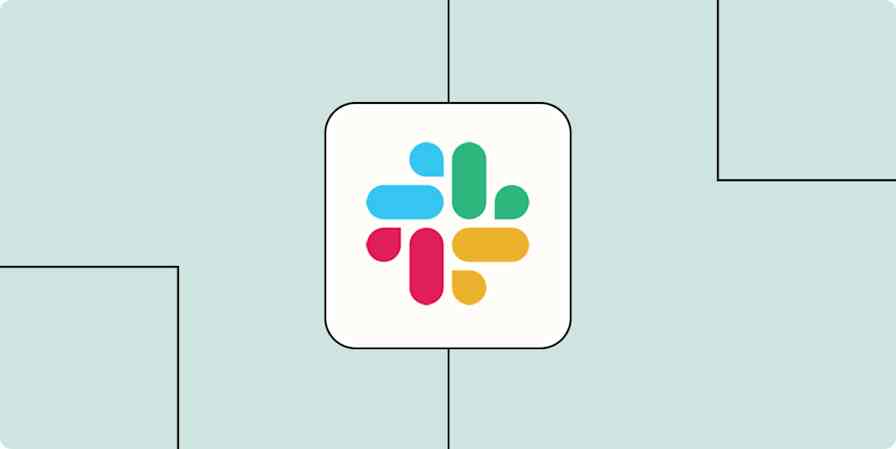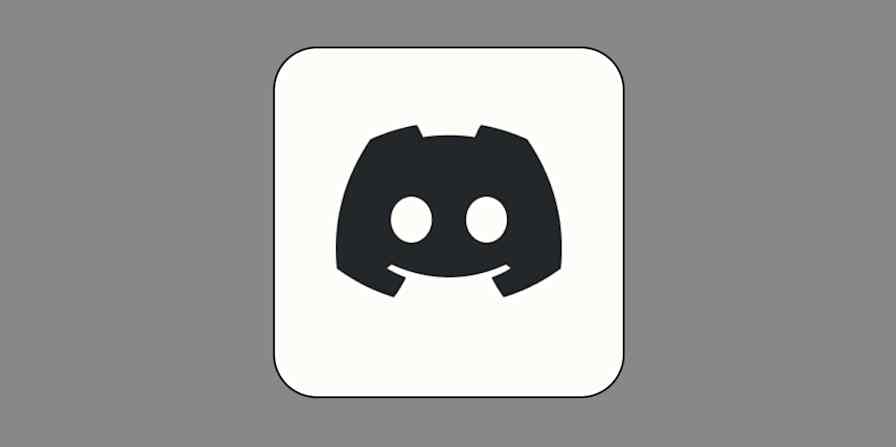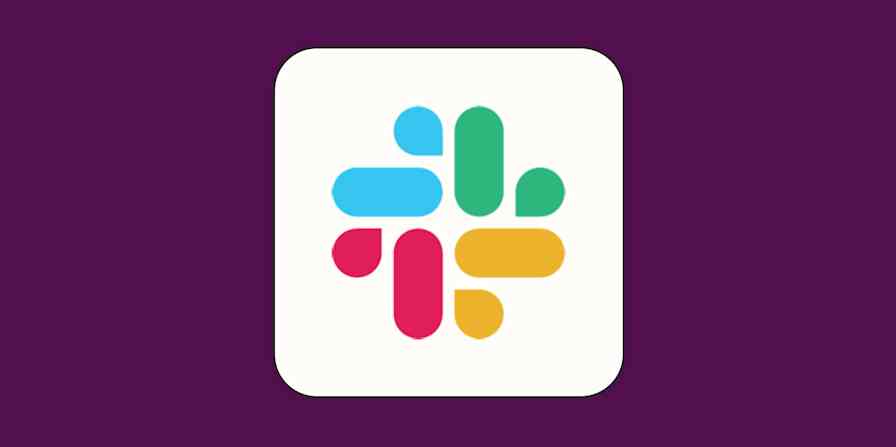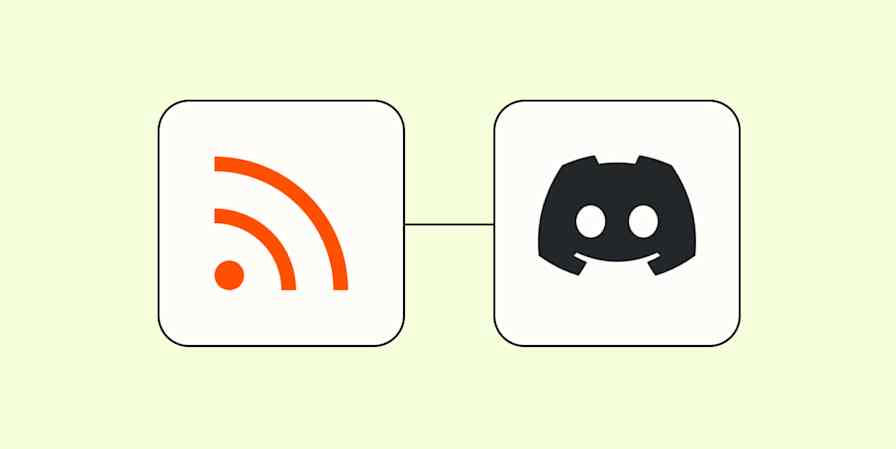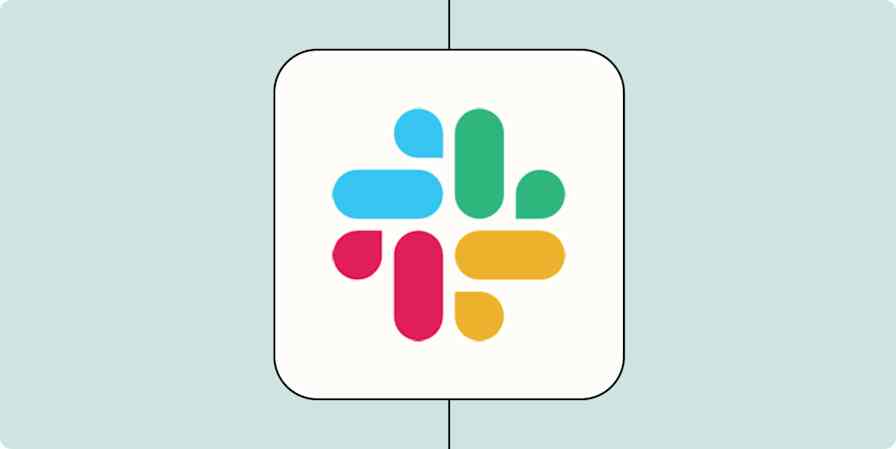Miro and Mural are the two leading whiteboard apps on the market. They have similar design structures, they offer a lot of the same features, and if you say their names too fast, it's hard to know which one you're talking about.
But for all the similarities, Mural and Miro have different strengths and weaknesses that make each one better for certain situations.
I've used Miro regularly over the last several years, and I tested Mural extensively for this article, so here, I'll break down those differences and how to decide which app will work best for you.
Mural vs. Miro at a glance
Miro and Mural are similar in quite a few ways. They both have key whiteboard features, like text chatting in the app, voting options, timers, document uploading, collaboration tools, and activity tracking. The main differences are a little subtler.
Mural is more structured and accessible for people who have never used online whiteboards. I recommend using it for large businesses and client-facing collaborations.
Miro is more open-ended and creative. I recommend using it for personal projects, smaller teams, or if you're looking for a community of peers that likes to share knowledge.
| Mural | Miro |
|---|---|---|
Ease of use | ⭐⭐⭐⭐⭐ Easy-to-use navigation tools and a robust how-to section | ⭐⭐⭐ Has more tools, which naturally means a tougher learning curve |
Board templates | ⭐⭐⭐⭐ Templates have detailed instructions on how to use them | ⭐⭐⭐⭐ Wider range of templates, but the instructions are hard to find |
Integrations | ⭐⭐⭐⭐ Integrations are more limited, but it does integrate with Zapier | ⭐⭐⭐⭐⭐ Offers more advanced integrations and also integrates with Zapier |
Special features | ⭐⭐⭐⭐ Facilitation features, like a laser pointer and the ability to summon participants, are easy to access | ⭐⭐⭐⭐⭐ In addition to facilitation tools, Miro Talktrack offers board recording for asynchronous collaboration |
Pricing | Free plan available for 3 murals and unlimited members; from $9.99/member/month (billed annually) | Free plan available for 3 editable boards and unlimited members; from $8/member/month (billed annually) |
Mural is better for beginners
The first thing I noticed while testing Mural is that all of its board templates come with detailed, easy-to-find instructions about how to use them. Each template also has little icons summarizing how long it will take the facilitator to prep, how long it will take to collaborate, and the recommended number of people to include—similar to a board game.
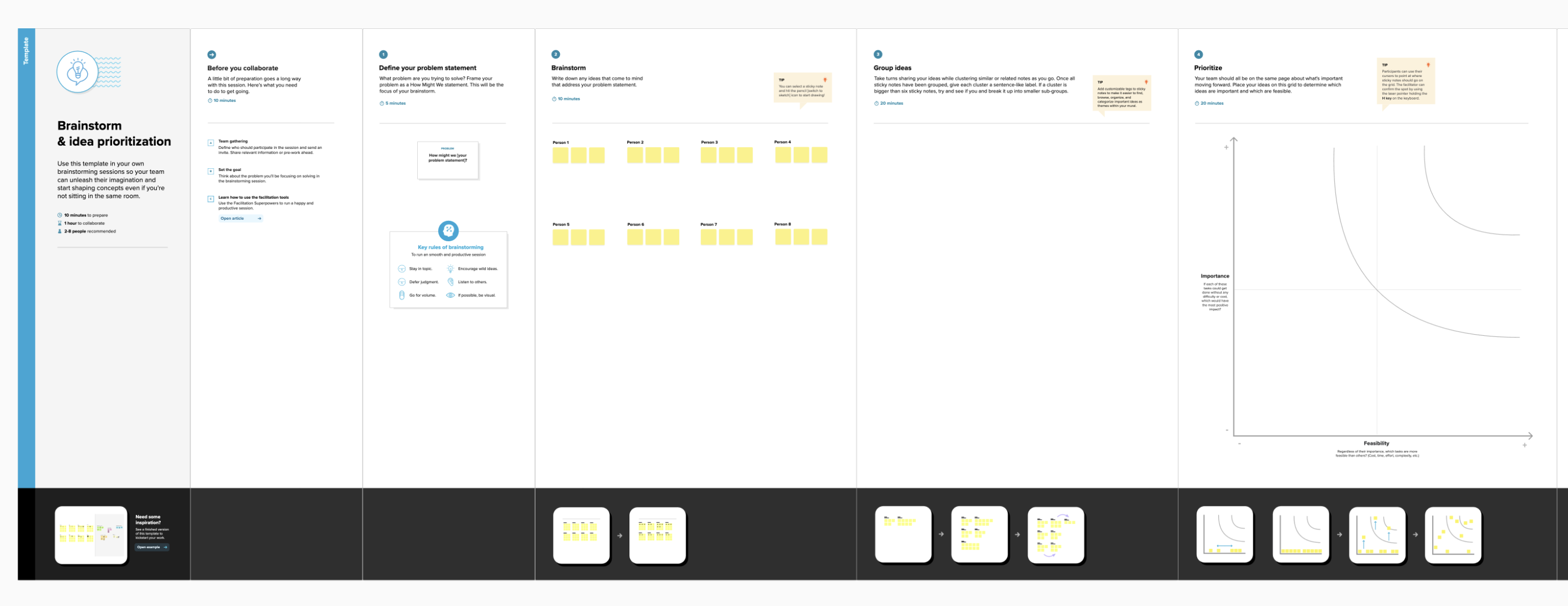
These elements make Mural very accessible for first-time users, and they help facilitators plan meetings. While Miro has a wider range of templates with more creative names (e.g., the How Now Wow Matrix or the Mad/Sad/Glad Retrospective), it's not always clear how to use them. You have to click on several buttons to find in-depth instructions.
Mural's board navigation toolbar is also more straightforward, and you can easily toggle between trackpad and mouse mode.
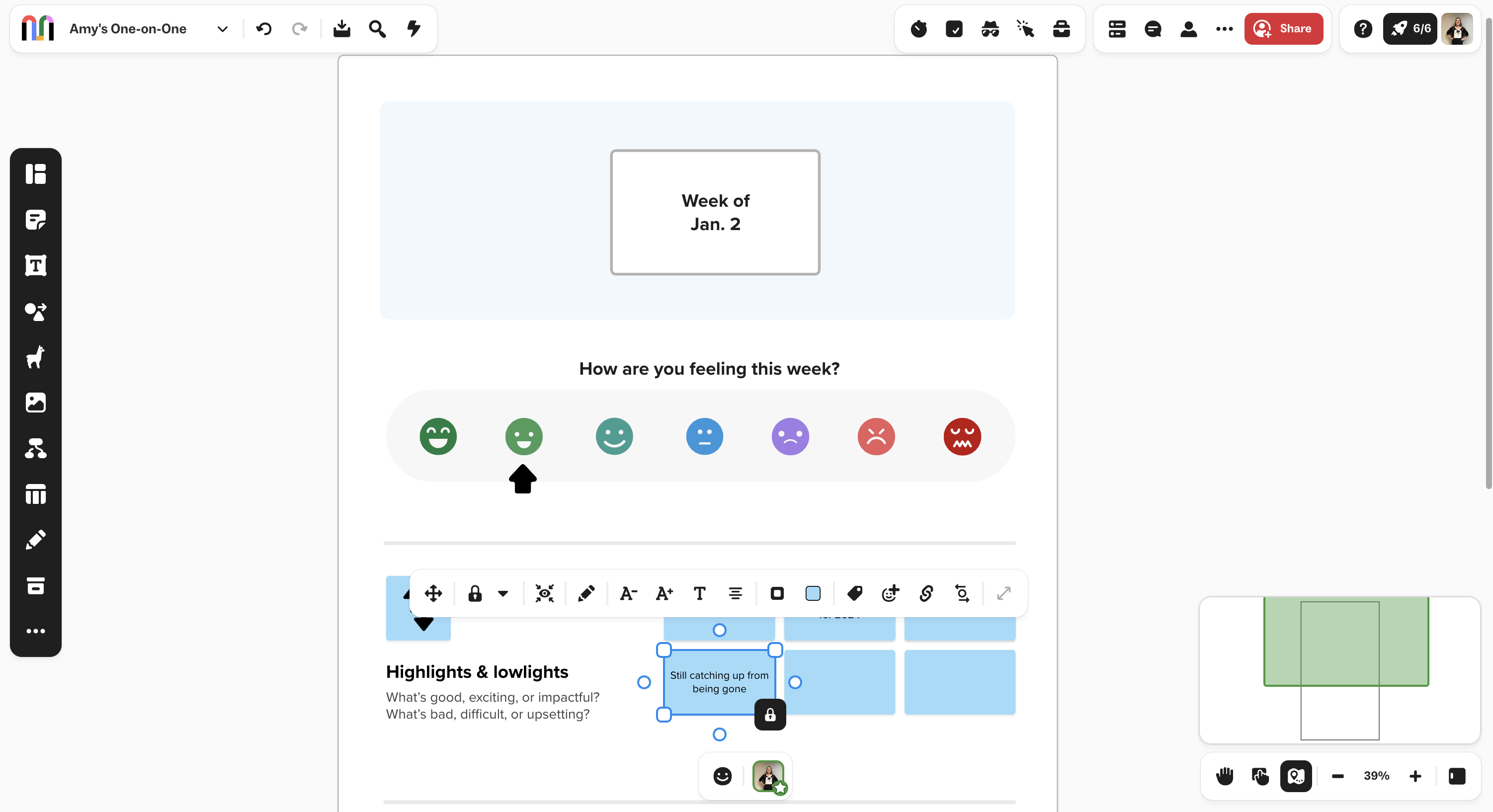
Moving around Miro is more difficult, especially for whiteboard app newbies.
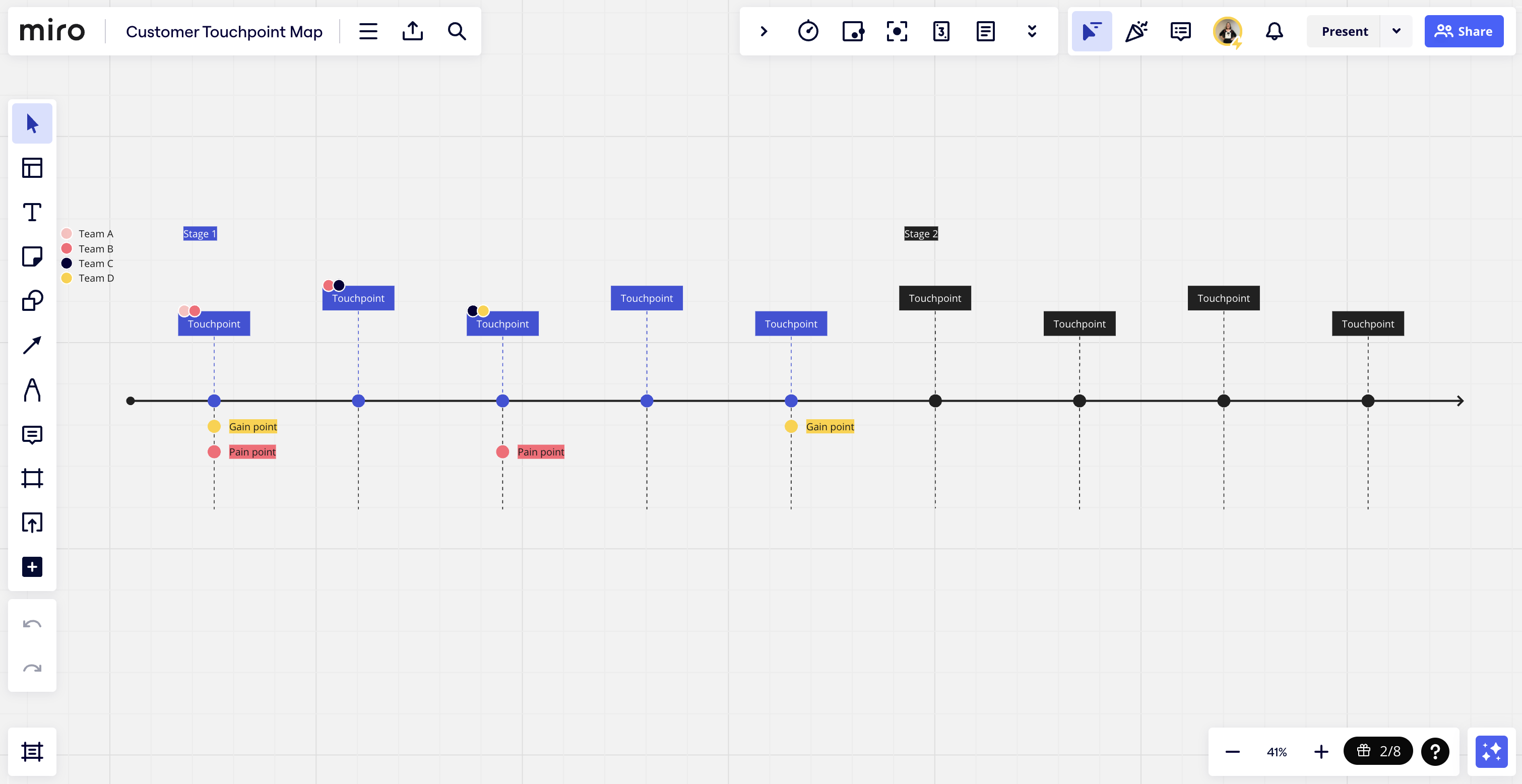
For example, I recently used Miro to build website wireframes for a client and had to explain the navigation features to multiple people throughout the process. The biggest hurdle I experienced was that, to be able to "grab" the board and move around, you have to toggle the arrow icon on the toolboard—something I learned only through trial and error.

These aren't insurmountable issues, but if you, your team, or the clients you're presenting to are new to whiteboarding, you'll feel the pain.
Miro is more flexible and encourages creativity
While Miro has plenty of templates, it also has more of a choose-your-own-adventure feel. The Building Blocks feature includes packs of color-coded sticky notes, mind maps, and grids that you can easily drop into any board and edit to meet your needs, whatever your whiteboarding style.


The sticky notes are especially useful for brainstorming with multiple people because they come in different colors and grid formations and can be dragged around the board at will. Miro's structure is much more organic for in-the-moment problem solving, whether it's for work or play.
For example, during the height of the pandemic, some friends and I started holding weekly online game nights to stay connected. One of these was a role-playing game. We played three octogenarians living in a quaint, seaside town plagued by murders and strange phenomena, and it soon became difficult to keep track of all the suspects and shenanigans. So we started using a murder Miro board for our deliberations: the sticky notes and line shapes were our go-to tools for recording clues and making connections.

You can find hundreds of other fun and creative ways to use Miro in the Miroverse, the app's online community. It's very active, and Miro often features creators' boards as templates for other members to use.
Of course, you can also use Miro for business purposes. If your team thrives on creativity and flexibility, and you're confident they can tinker with an app to make it work, then it's a great choice.
Mural gives you more control over the board when presenting
Another thing to consider in the Mural vs. Miro debate is how much control you want to have over the board. While both Miro and Mural have versions of admin controls, Mural's come out on top—for a few reasons.
With Mural's "Facilitation Superpowers," facilitators can summon participants to a specific spot on the board, lock the board, and create custom toolbars with the features participants will need during meetings. They can also direct participants' attention to specific parts of the board with a digital laser pointer.
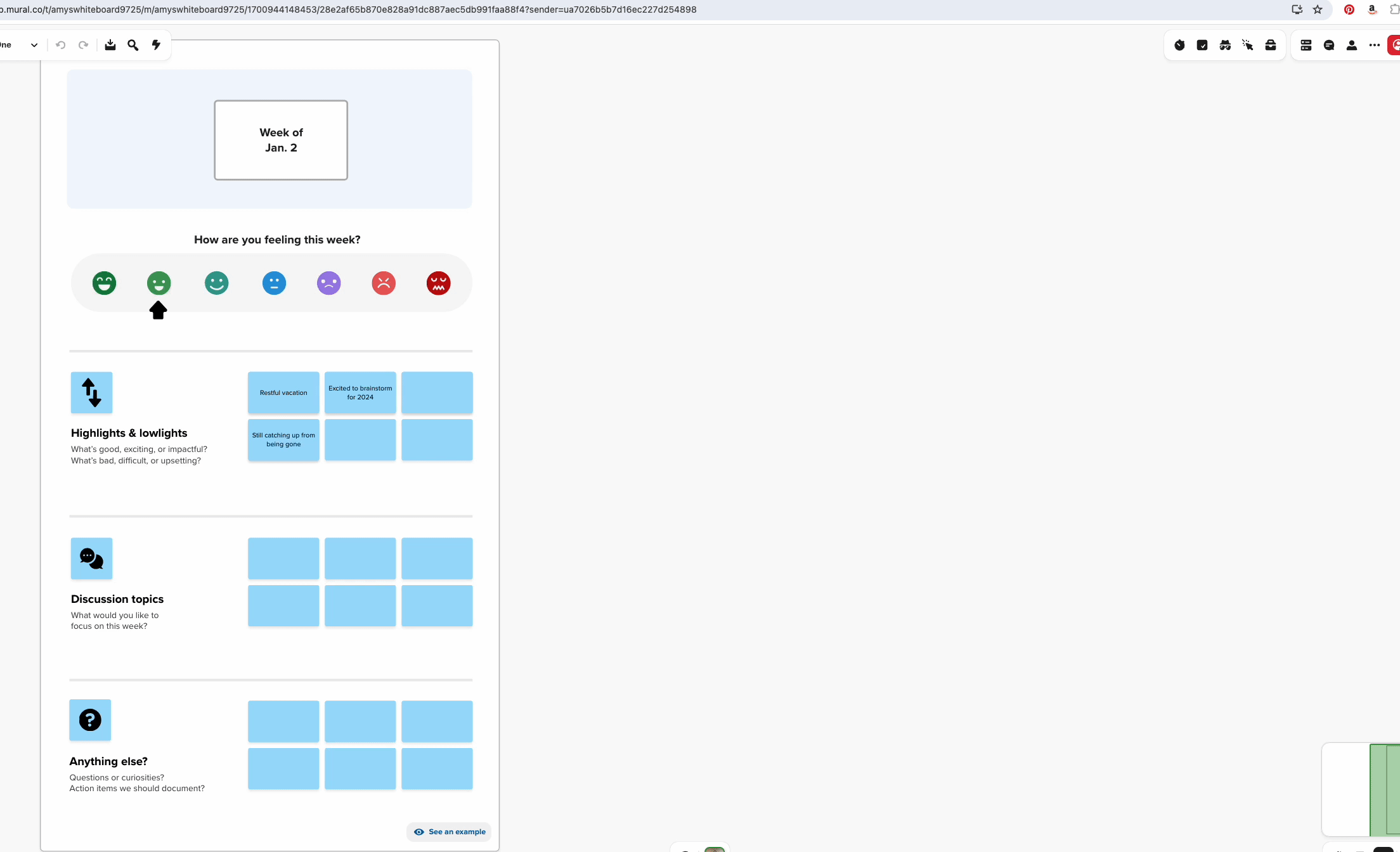
While Miro has some of these features (not all), Mural makes them easier to find and use with icons and how-to videos and articles.
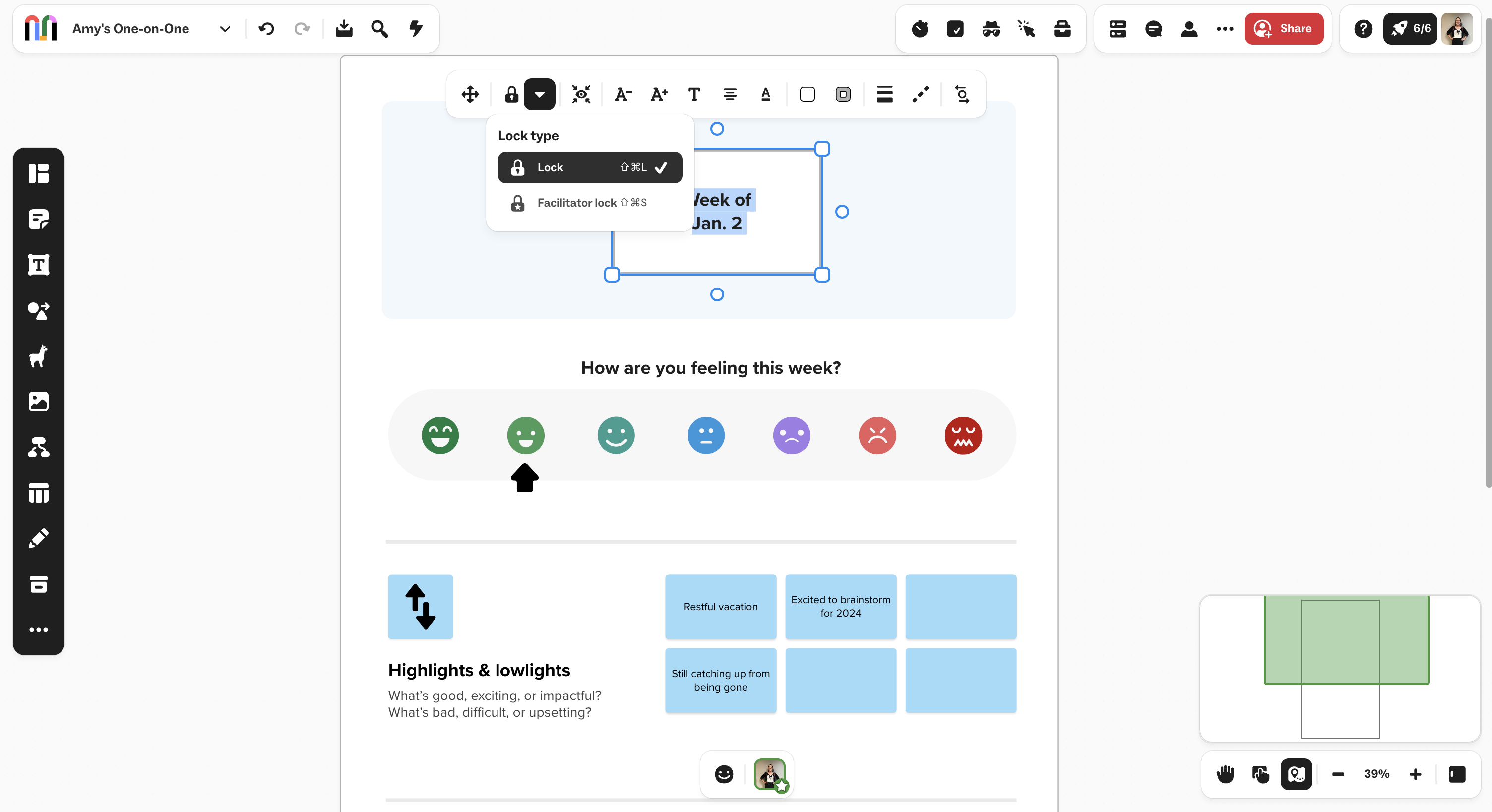
Miro has more advanced add-on tools and integrations
One of the biggest differentiators between Miro and Mural is that Miro offers in-app video chat, whereas you have to integrate with Zoom or another third-party app with Mural. I was also excited about Miro's new Talktrack tool, which gives you the ability to create board walkthroughs with video and sound for asynchronous collaboration. Talktrack is great for giving team members and clients more context about a board without having to meet at the same time or send several confusing emails that ultimately get lost in inbox purgatory.
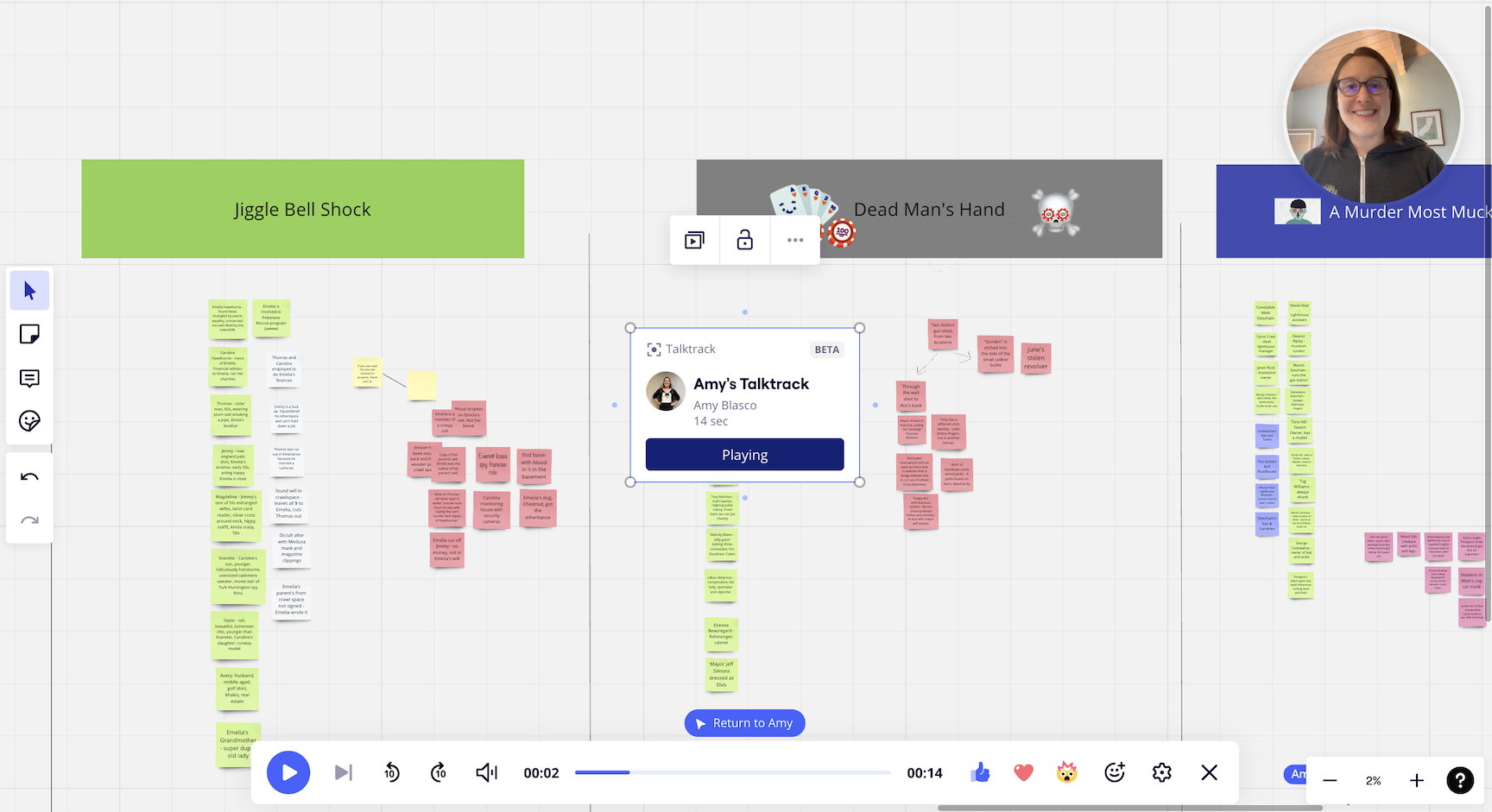
I also like how Miro's apps and integrations are organized in a marketplace with useful tags, including Collections, Categories, and Use Case. It makes apps easy to find, and if you can't find what you're looking for, you can build it with the API or submit a request to the Miro Integrations Wishlist. (Mural has an API too, but no Wishlist.)

Miro's add-on apps are also just more fun. You can use them for video clipping, coding, language translation, and adding Pokémon to your board because, as the app description says, why not?

Miro and Mural both integrate with dozens of essential third-party apps, including Google Workspace, Microsoft Office and Teams, Zoom, and Slack. The jury is still out on who exactly has more integrations (I read numerous articles and marketing materials, all of which cited different numbers). But both Miro and Mural integrate with Zapier, so you can connect them to thousands of other apps to automate your online whiteboard. Learn more about how to automate Miro with Zapier. Plus, here are a few examples to get you started.
Create Miro card widgets for new Google Forms responses
Zapier is a no-code automation tool that lets you connect your apps into automated workflows, so that every person and every business can move forward at growth speed. Learn more about how it works.
Mural or Miro: Which should you use?
Because pricing is so similar for these apps (it's roughly a $2/month difference), it doesn't factor much into the Mural vs. Miro debate. So which app should you use? Start by answering these two questions: Who's on my team? And what do we want to accomplish?
Choose Mural if you or your team members are new to online whiteboards, you need to facilitate online sessions for work, or you're presenting boards to clients.
Choose Miro if you want more creative freedom, you're looking for a more robust app ecosystem, or you want to be part of a creative community.
Related reading:
